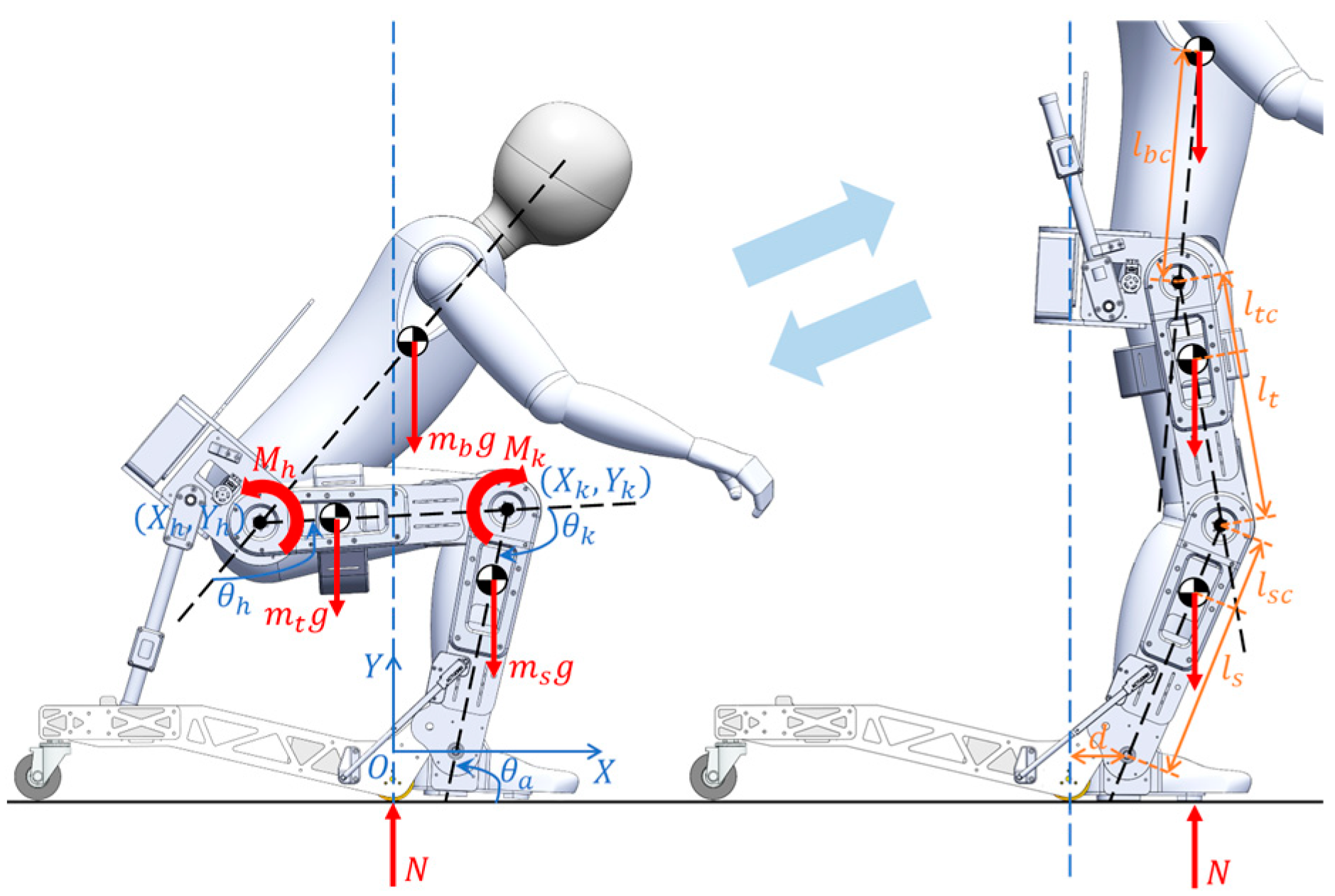
Revolutionizing Mobility: The Era of Robotic Exoskeletons

Revolutionizing Mobility: The Era of Robotic Exoskeletons
The advent of robotic exoskeletons marks a groundbreaking advancement in assistive technology, offering newfound hope and possibilities for individuals with mobility challenges. This article explores the transformative impact of robotic exoskeletons on mobility, independence, and overall quality of life.
Assistive Technology Redefined: Robotic Exoskeletons Overview
Robotic exoskeletons are wearable devices designed to augment and support the body’s natural movements. These bionic suits are equipped with motors and sensors, enabling them to detect and respond to the user’s motions. Initially developed for medical and military purposes, robotic exoskeletons are now making significant strides in the realm of rehabilitation and assistive technology.
Enhanced Mobility for Rehabilitation: Redefining Recovery
In the field of rehabilitation, robotic exoskeletons are proving to be invaluable tools. For individuals recovering from spinal cord injuries, strokes, or other mobility-limiting conditions, these devices provide a means to engage in repetitive, targeted movements. This enhanced mobility not only aids in physical rehabilitation but also contributes to improved muscle strength and overall well-being.
Restoring Independence: Empowering Users in Daily Life
One of the primary goals of robotic exoskeletons is to restore independence to individuals with mobility impairments. These devices enable users to stand, walk, and